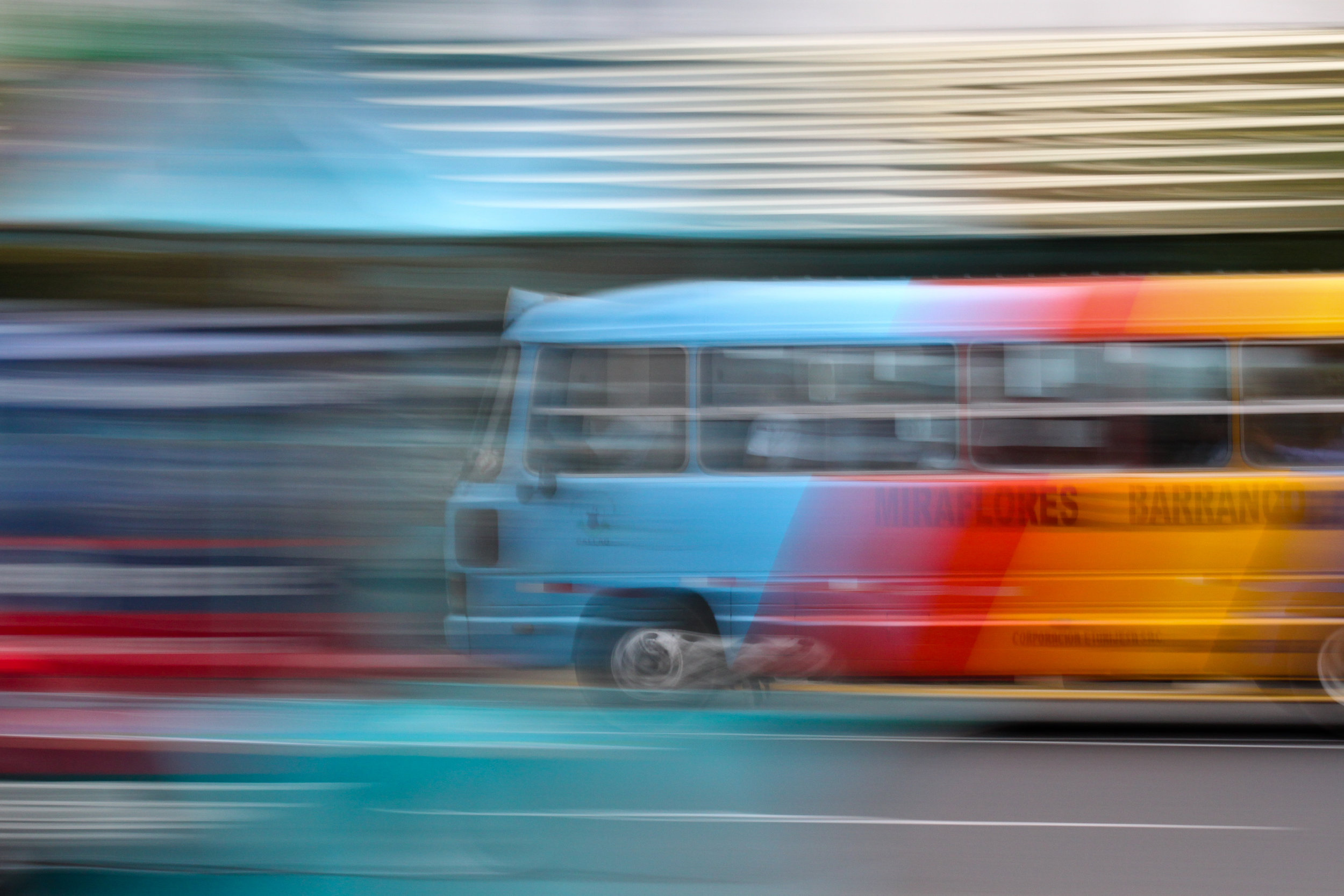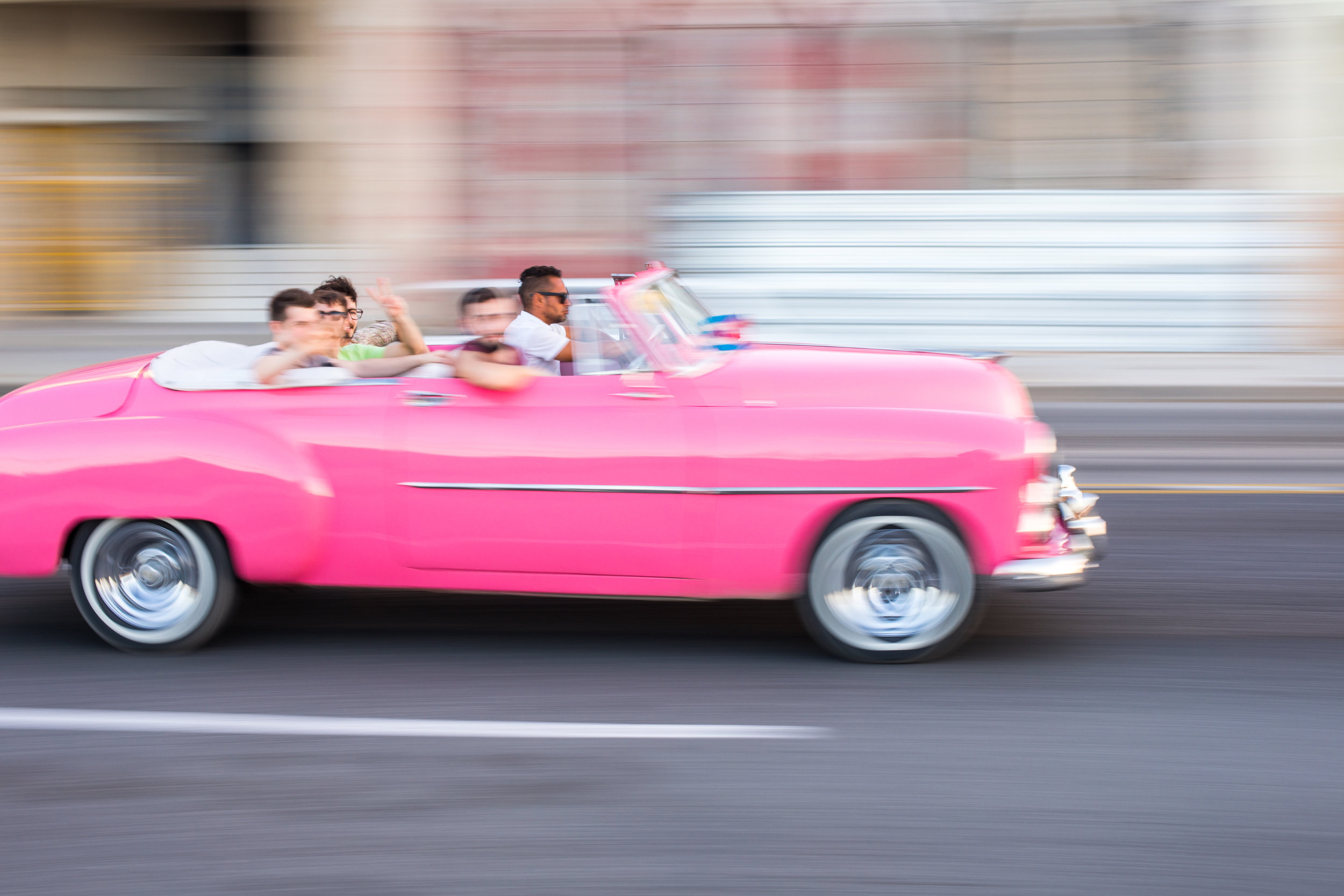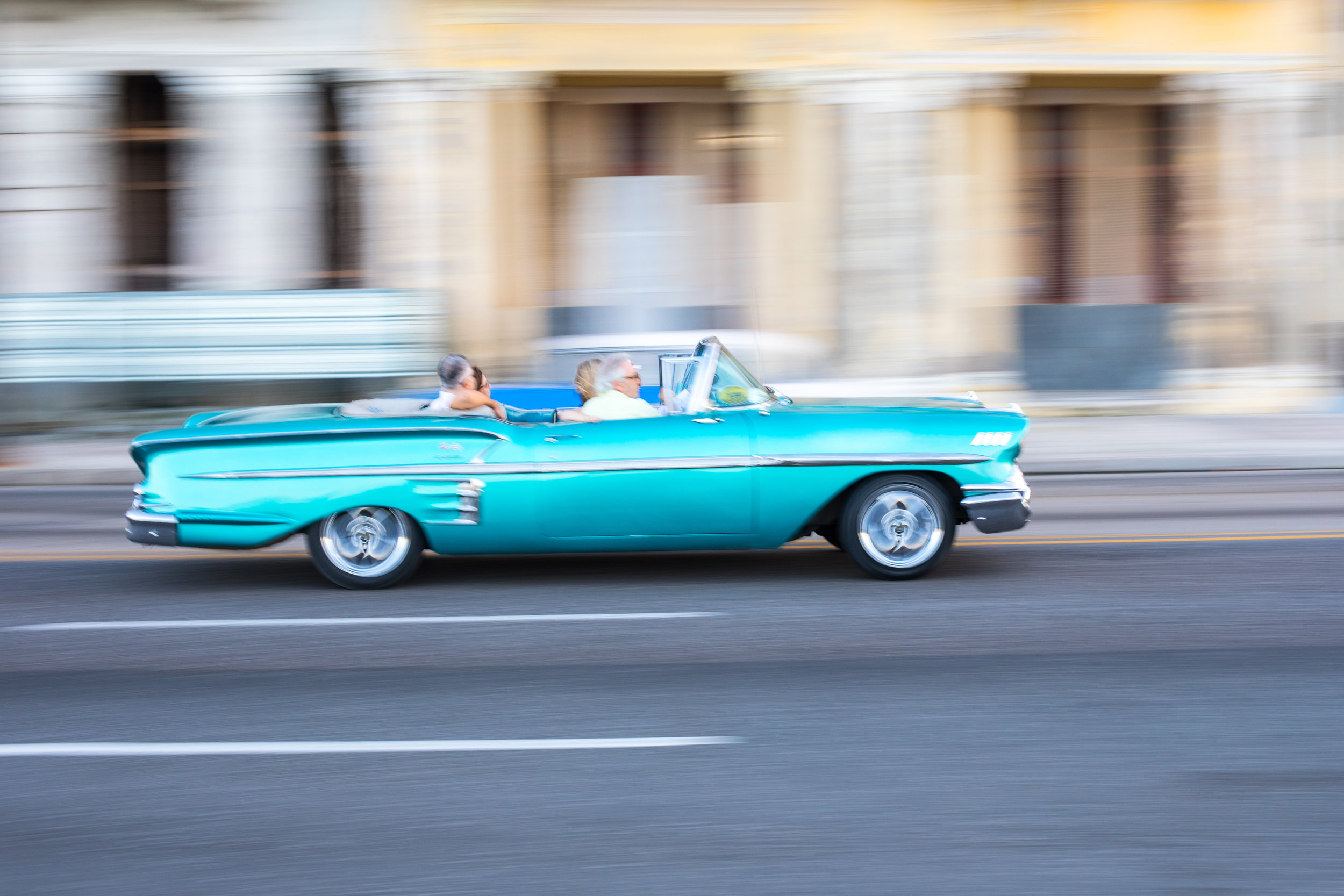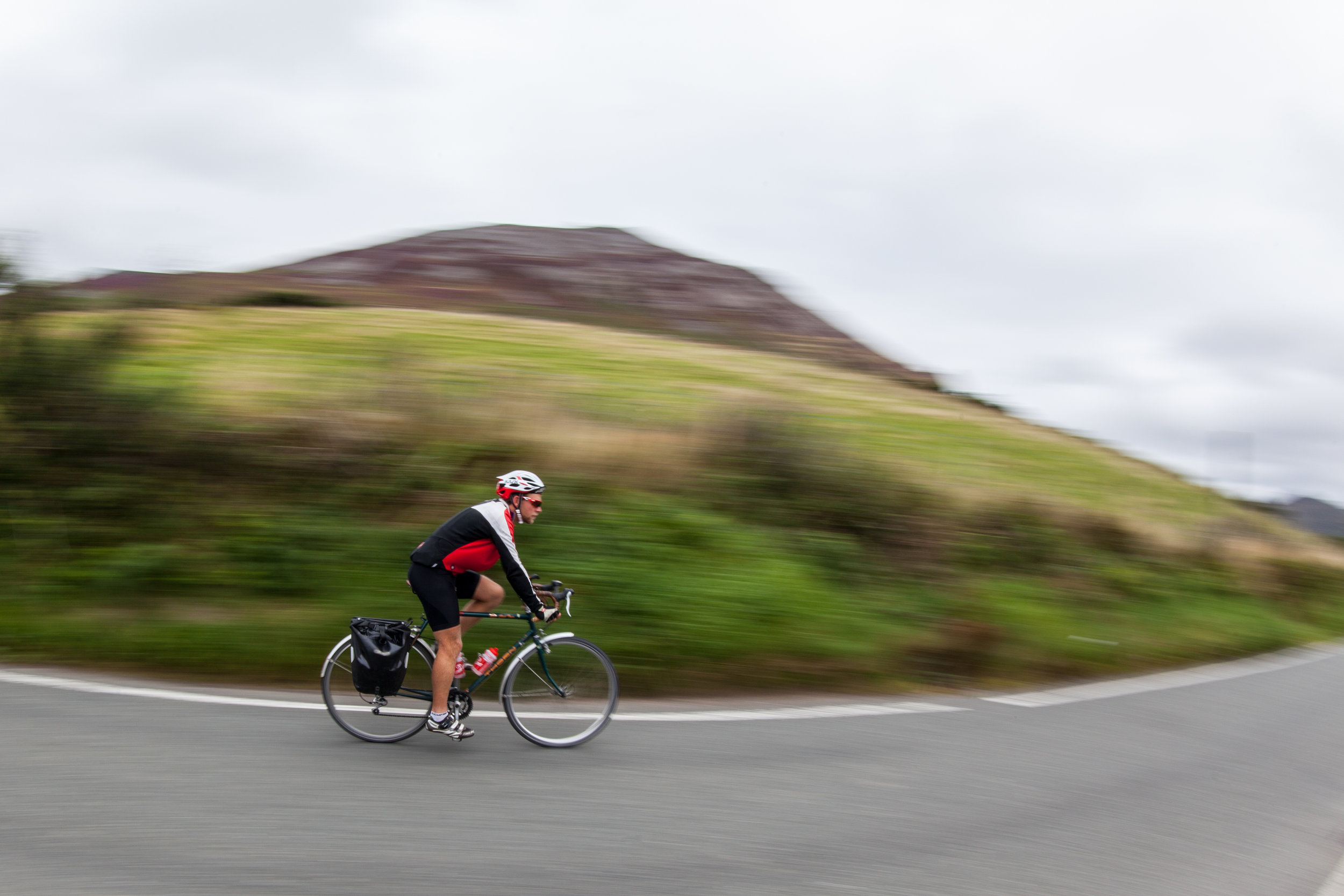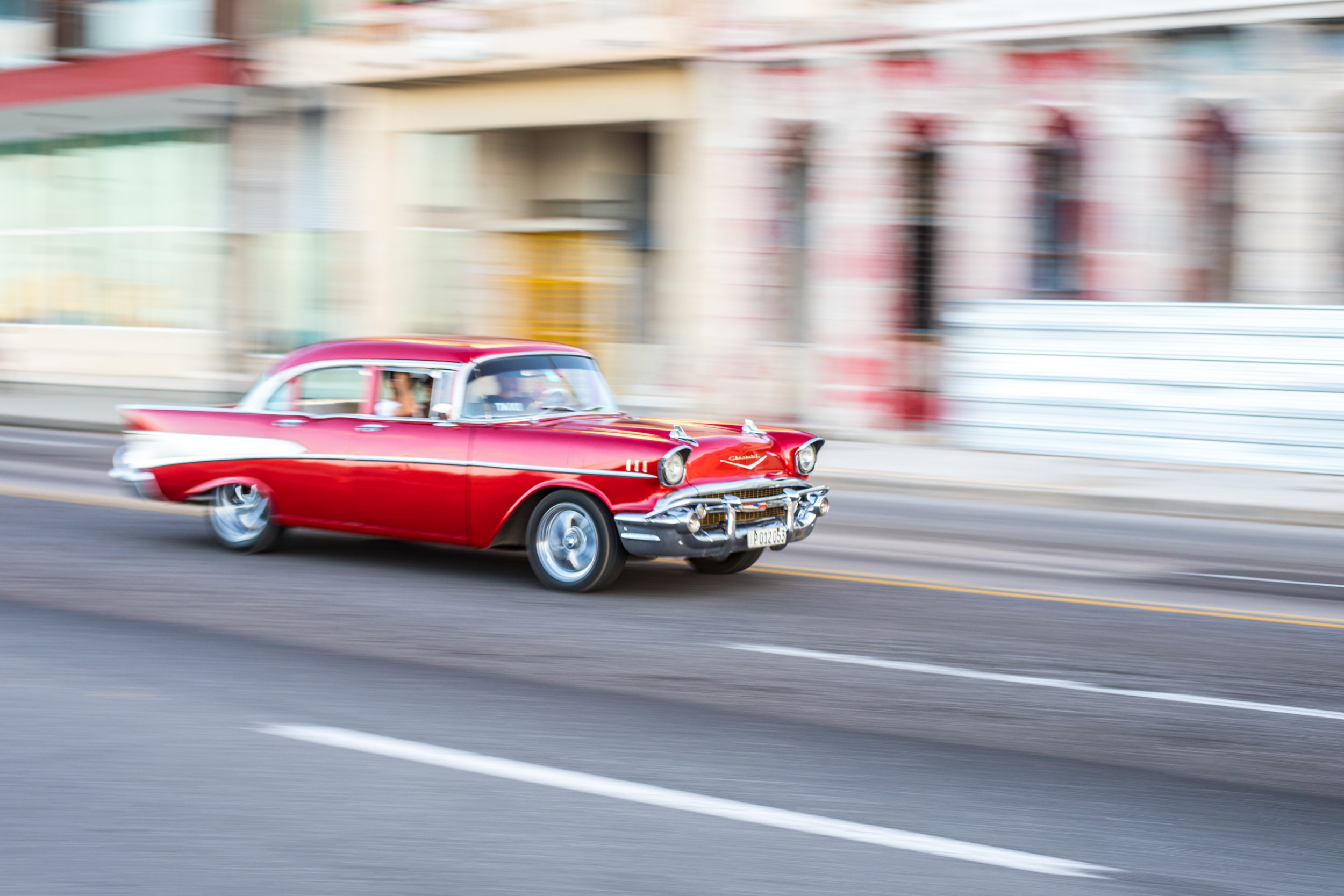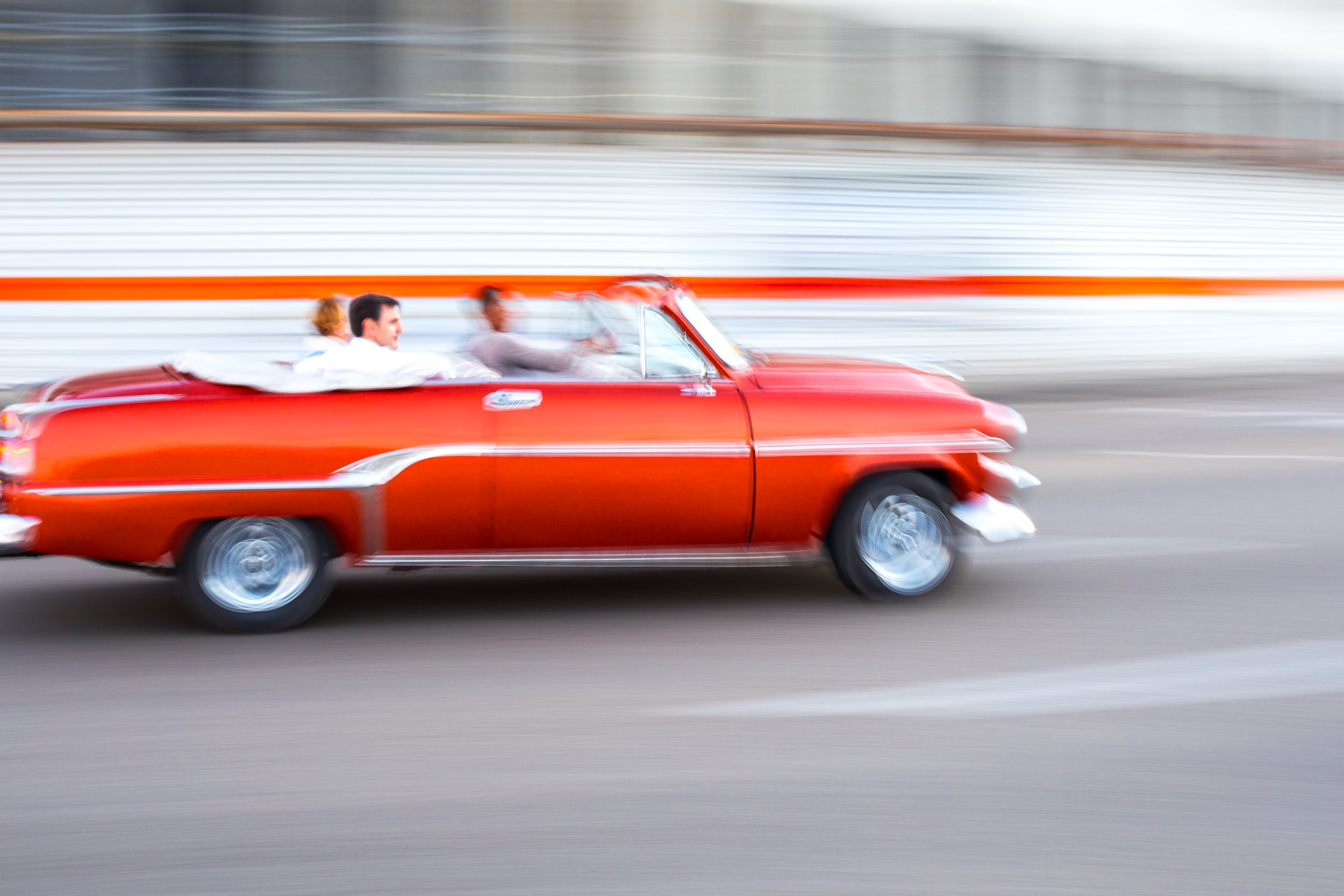Street photography, motion blur & modern tourism in Machu Picchu Pueblo
Camera details:
Canon EOS 5D Mark II
EF 50mm f/1.4 USM
ƒ/22.0 | 50mm | 0.8 sec | ISO 200 | Flash off
There it is — the blue blur of PeruRail rolling into Machu Picchu Pueblo, also known as Aguas Calientes. Not just a train, but a symbol. A modern-day pilgrimage, ferrying thousands of tourists each day from Cusco to the base of one of the world’s most iconic archaeological wonders — Machu Picchu.
I titled this photo Here Comes the Money Train, Machu Picchu. Because that’s what it feels like: a high-speed vessel packed with tourists, influencers, and dreamers all chasing a slice of Incan majesty. The train arrives with a roar, a rush of energy through a small town built on the tourism that fuels it. It’s beautiful and brutal all at once.
Machu Picchu: Beauty with a Burden
Perched high in the Andes at over 2,400 metres, Machu Picchu is a breathtaking 15th-century Incan citadel that somehow escaped Spanish destruction. Discovered by Hiram Bingham in 1911 (or “rediscovered,” depending who you ask), it’s become a bucket list icon — and with that status comes a steady tide of visitors.
Most arrive via train from Cusco, either on PeruRail or IncaRail. The journey is dramatic, winding through the Sacred Valley past steep cliffs, misty peaks, and dense jungle — ending at this small, riverside town. From there, it’s a short bus ride or long hike up to the ruins. I was lucky enough to spend a week at Machu Picchu, exploring the surrounding peaks and taking photos for the tourism board of the Peruvian Government. Click here to read my blog on my week photographing Machu Picchu. I enjoyed staying in Machu Picchu Town itself, a small run down village, similar in parts to a Favela, that a large majority of the daily visitors to Machu Picchu ignore. From the Town you can get some alternative images of the surroundings, capture some street images and enjoy some local food. From the town you can even brave Putucusi Mountain which begins with a huge and scary near vertical ladder. The hike took me half a day, offered amazing alternative views to Machu Picchu, and best of all I only saw five other hikers all day.
Motion Blur in Street Photography
This shot was all about shutter experimentation. By narrowing the aperture to ƒ/22.0, I dropped the shutter speed to 0.8 seconds — just enough time to turn a moving train into a blur of electric colour and motion, while the man in red stands still and sharp, anchoring the scene. The contrast between movement and stillness is what makes it.
Fast shutter speeds (e.g. 1/1000s) freeze action — good for wildlife, sports, or crisp moments in street work. Slow shutter speeds (like this one) open the door to mood, mystery, and energy. They let light and movement stretch across the frame. It's less about the literal, more about the feeling.
I use the same technique with my ocean abstracts — slowing the shutter right down, while moving the camera to capture the motion of waves in a painterly way. Same idea, different subject. Blur becomes brushstroke. Have a read of my blog about taking abstract motion images by clicking here.
Tourism, Contrast & Chaos
There’s a story in the contrast here. One man stands still, possibly a local, watching the blur of a tourist train scream past. I t’s a quiet moment against a backdrop of movement and noise — a reminder of how places like Machu Picchu are caught between everyday life and the rush of global tourism.
This isn’t your classic postcard shot. It doesn’t scream “I made it to Machu Picchu!” — but it does hint at what it’s like to be there, right in that in-between space. And that’s the kind of moment I’m always chasing with my camera.
💰 Want to license this image or others from Peru?
Check it (and more from South America) via my Getty Images portfolio — every sale helps fund the next misadventure.
🔗 Related reads and images from Peru:
My Peruvian travel images on my Flickr account - click here.
Some of my Peruvian images taken with an Anamorphic lens - click here.
The Q’eswachaka Bridge Building Festival near Cusco, Peru - click here.
#geraintrowlandphotography #machupicchu #motionblur #streetphotography #travelperu #perurail #slowshutter #canon5dmarkii #gettyimages #moneytrain #aguascalientes #incatrail #oceanabstracts #shutterexperiments


